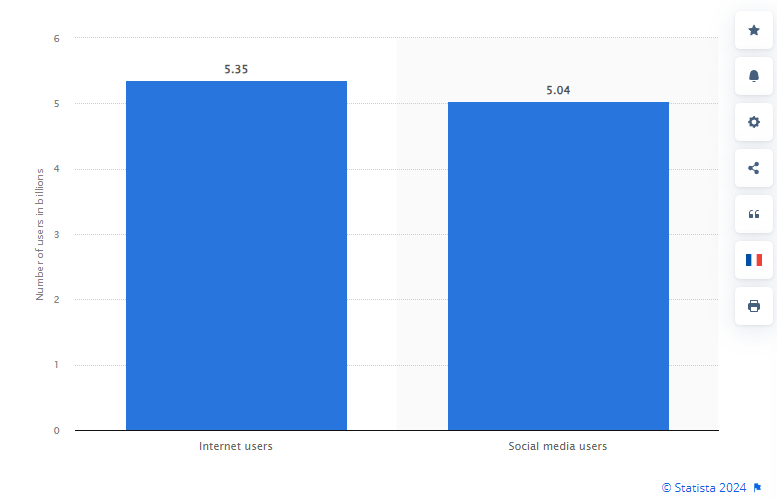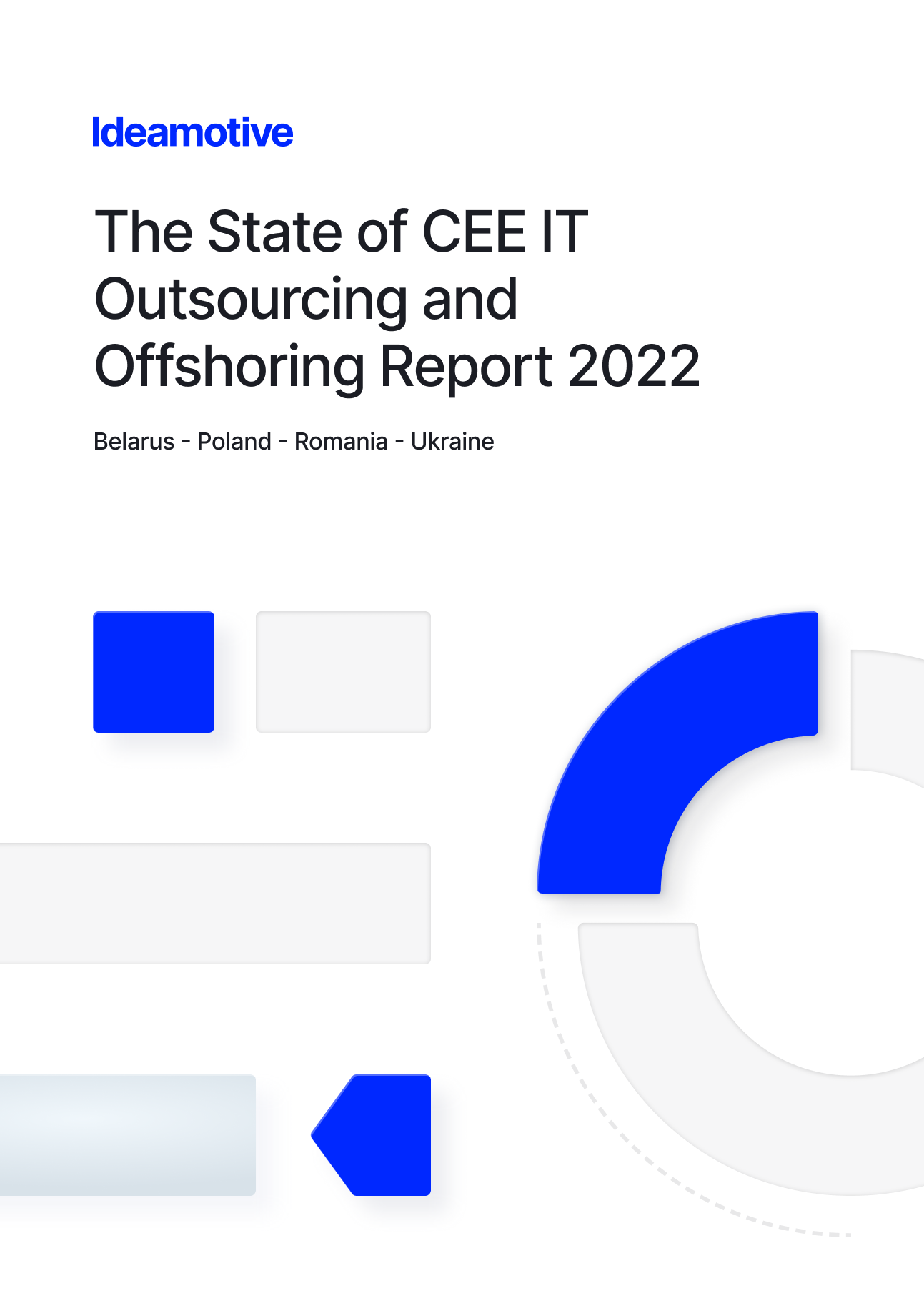In the digital age, where innovation serves as the backbone of success, protecting the intellectual creations that set businesses apart has never been more crucial. The Information Technology (IT) sector, a vibrant hub of innovation and digital advancement, stands at the forefront of this battle. Here, ideas are the currency of growth, and safeguarding these valuable assets is imperative for maintaining competitive advantage and driving forward momentum.
However, the very technology that empowers innovation also poses significant risks. The ease of information flow and the rapid pace of digital transformation have opened new avenues for intellectual property (IP) infringement, making protection strategies more complex and demanding. This dual reality has forced businesses to rethink how they secure their most precious assets: their intellectual creations.

Expansion of U.S. copyright law (assuming authors create their works by age 35 and live for seventy years)
This article aims to demystify the process of protecting intellectual property in the IT industry. By delving into robust strategies and offering actionable insights, we equip businesses with the knowledge to ensure their innovations remain secure, fostering an environment where creativity and progress thrive unencumbered by the fear of infringement. Join us as we explore how to shield your business's assets in an era where innovation is not just an advantage but a necessity.
Understanding Intellectual Property in the IT Sector
In the rapidly evolving landscape of the information technology (IT) sector, the bedrock of any thriving enterprise lies not just in the tangible assets it possesses but significantly in its intangible assets—intellectual property (IP). Intellectual property, in essence, is the lifeblood of innovation, offering businesses the legal framework to safeguard their creative endeavors and maintain a competitive edge. This is particularly pivotal in the IT market, where innovation and differentiation are key drivers of success.
Types of Intellectual Property Relevant to the IT Industry
The IT industry primarily deals with four types of intellectual property:
- Patents: Patents protect inventions and improvements in technology. In the IT world, this can range from a novel software algorithm to hardware design improvements.
- Copyrights: This form of IP protection covers literary and artistic works. For IT companies, this includes software code, user interface designs, and documentation.
- Trade Secrets: Any confidential business information that provides an enterprise a competitive edge can be protected as a trade secret. This includes proprietary algorithms, processes, and methodologies unique to a company.
- Trademarks: Trademarks protect symbols, names, and slogans used to identify goods or services. In IT, a distinct logo or a unique software name helps build brand identity and loyalty.
The Role of IP in Value Creation and Competition
Intellectual property is a critical asset for IT companies, fostering an environment of continuous innovation while securing a legal monopoly over new inventions. This exclusivity not only allows for the recoupment of development costs but also provides a significant competitive advantage in a sector known for rapid changes and intense competition. Furthermore, a strong IP portfolio can enhance a company's valuation, attract investment, and open up new revenue streams through licensing or partnerships.
Challenges and Trends Affecting IP Protection in the Digital Era
However, the digital era brings its own set of challenges to IP protection. The ease of data replication and distribution, the global reach of the internet, and the blurred lines between software innovation and infringement pose significant risks to IP owners. Additionally, the rise of open-source software and collaborative development models introduces complexities in IP management, requiring businesses to navigate carefully between innovation and protection.

The IT sector's landscape is marked by a delicate balance between fostering open innovation and ensuring that creative inventions are adequately protected. As we delve deeper into strategies for safeguarding intellectual property, it becomes evident that understanding these nuances is crucial for any IT business aiming to secure its assets and sustain its market position.
How Businesses Protect Intellectual Property Rights
In the dynamic realm of the IT industry, safeguarding intellectual property (IP) rights is not just a legal imperative but a strategic necessity. As businesses navigate through the complexities of the digital age, a multi-faceted approach to IP protection is essential. This segment explores key strategies that IT companies employ to shield their innovative assets and ensure their intellectual creations remain secure.

Strategic IP Management
A cornerstone of robust IP protection lies in strategic IP management, which involves aligning a company's IP strategy with its overall business objectives. This encompasses conducting regular IP audits to identify all IP assets, evaluating their commercial viability, and determining the best protection mechanism for each asset. Effective portfolio management ensures that a company's IP assets are not just protected but also optimized for value creation, fostering innovation while mitigating risks associated with IP infringement.
Legal Frameworks and Registrations
Navigating the legal landscape is pivotal for protecting intellectual property rights. IT businesses must leverage:
Patents: Obtaining patents for technological innovations provides a legal monopoly, preventing others from making, using, or selling the invention for a specific period. The patenting process involves a thorough examination of the invention's novelty, which can be a critical deterrent against potential infringers.
Copyrights: Automatically applied to original works of authorship, copyrights protect the expression of ideas, not the ideas themselves. In the IT sector, this includes software codes, databases, and multimedia content. Registration, while not mandatory, strengthens enforceability and facilitates legal actions against infringement.
Trademarks: Registering trademarks protects brand identity, distinguishing a company's products or services from competitors. This is crucial for building brand equity and consumer trust in a market flooded with alternatives.
Legal Agreements: Non-disclosure agreements (NDAs), licensing agreements, and employee contracts play a vital role in protecting IP. NDAs prevent confidential information from being disclosed, while licensing agreements allow businesses to monetize their IP safely. Employee contracts ensure that innovations created by employees are owned by the company.
Technology Solutions for IP Protection
In the tech-driven world, digital solutions offer powerful tools for IP protection:
- Monitoring and Management Software: Specialized software can track the use of a company's IP across the internet, identifying potential infringements and automating enforcement actions. These tools are invaluable for companies with extensive digital assets.
- Blockchain Technology: Blockchain offers a tamper-proof, decentralized ledger to record IP rights and transactions, providing clear ownership records and facilitating the management of copyrights and licensing agreements.
- AI-Based Solutions: Artificial intelligence can assist in the early detection of potential IP infringements by analyzing vast datasets for patterns that may indicate unauthorized use of IP assets.
Incorporating these strategies into an IT business's operations requires careful planning and continuous adaptation to the evolving technological landscape and legal frameworks. By strategically managing their IP, employing legal protections, and leveraging technology solutions, businesses can effectively safeguard their intellectual assets, ensuring long-term growth and competitiveness in the IT market.
Actionable Steps for IT Businesses to Protect Their IP
For IT businesses, protecting intellectual property (IP) is not just a strategic advantage but a necessity in safeguarding their innovations and maintaining market competitiveness. Implementing robust IP protection strategies requires a proactive approach, encompassing various dimensions of legal, technological, and organizational measures. Here are actionable steps IT companies can undertake to ensure their intellectual creations remain secure:
Conduct Regular IP Audits
A foundational step in IP protection is the regular conduct of IP audits. These audits help businesses identify all their intellectual assets, assess their value, and determine the adequacy of their current protection measures. Through this process, companies can pinpoint gaps in their IP protection, uncover untapped assets, and strategize on bolstering their IP portfolio. Regular audits also facilitate strategic decisions regarding patent filings, trademark registrations, and the protection of trade secrets.
Strengthen Online Security Measures
In the digital age, the protection of IP extends beyond legal measures to include robust online security practices. IT businesses must ensure the following:
- Encryption: Utilize strong encryption for storing and transmitting sensitive information to protect against unauthorized access and breaches.
- Access Controls: Implement stringent access controls and authentication mechanisms to limit access to IP-related information strictly to authorized personnel.
- Cybersecurity Protocols: Regularly update cybersecurity protocols and software to defend against the latest cyber threats and vulnerabilities.
Employee Education and Awareness
Employees play a crucial role in the protection of IP. Educating staff about the importance of IP and training them on best practices for its protection is vital. This includes:
Confidentiality Training: Ensure employees understand the importance of maintaining the confidentiality of trade secrets and proprietary information.
IP Policies: Clearly communicate company policies regarding IP, including the handling of sensitive information and the protocol for reporting potential IP infringements.
Awareness Programs: Conduct regular awareness programs to keep the significance of IP protection top of mind among employees.
Engaging with IP Professionals
Navigating the complex landscape of IP law requires expertise. Engaging with IP professionals, including lawyers and consultants, can provide businesses with the guidance needed to develop and implement effective protection strategies. These professionals can assist with:
Legal Advice: Offer legal advice on IP matters, including patent and trademark filings, copyright registration, and enforcement actions against infringements.
Strategy Development: Help in crafting a comprehensive IP strategy that aligns with the business's goals and market positioning.
Litigation Support: Provide support in case of IP disputes or litigation, ensuring that the company's interests are adequately represented.

Implementing these actionable steps can significantly enhance an IT business's ability to protect its intellectual property. By conducting regular audits, strengthening online security, educating employees, and engaging with IP professionals, businesses can create a robust framework that secures their innovations, safeguards their competitive edge, and promotes long-term success in the IT market.
In the rapidly evolving landscape of the IT industry, where innovation serves as both the foundation and the frontier for businesses, the protection of intellectual property (IP) stands out as a critical pillar of success. As we have navigated through the nuances of IP protection, from understanding its importance in the IT sector to exploring actionable strategies and real-world examples, it becomes evident that securing intellectual assets is not just about legal compliance but about fostering an environment where innovation can thrive safely.
In conclusion, as the digital age continues to unfold, the importance of IP protection in the IT industry cannot be overstated. Businesses must integrate robust IP protection strategies into their operations, ensuring their innovative assets are well-protected. This not only secures a company's current innovations but also paves the way for future advancements, sustaining its competitive edge and driving long-term success in the global IT market.












